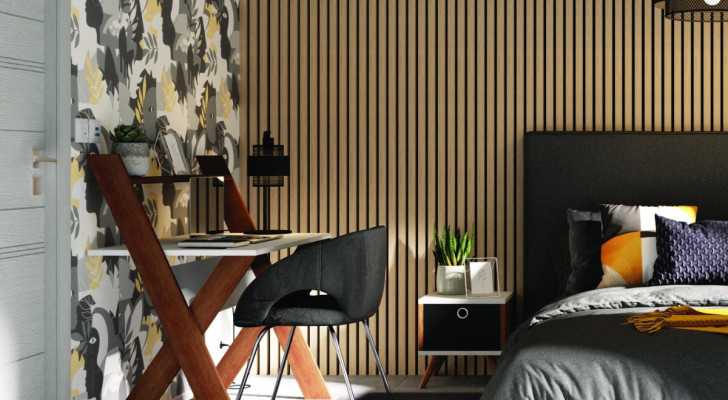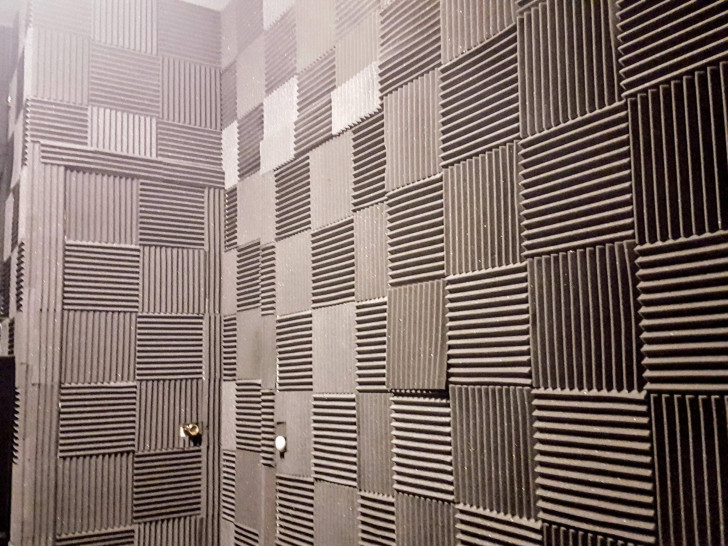Is your home too noisy? Solve the problem with DIY sound insulation

Life in a city is not always easy, especially if you live in a condominium and the walls of your apartments are thin. Loud noises - kids screaming, adults fighting, parties, power tools - create a near-constant din that make one's city life unpleasant.
Or perhaps you yourself have a "noisy" family and are looking for a way to insulate yourself from upsetting your neighbors.
Acoustically insulating a house is expensive if done professionally. That said, yet there are various cheap DIY alternatives that you can resort to using. Read on to find out more:
Features of a good acoustic insulator

Since noise is nothing more than sound waves that reach our ears causing our eardrums to vibrate, a good insulator must have 2 main features:
1) it must be a dense material, so as not to transmit vibrations from one side of its surface to the other;
2) it must be free of cracks and gaps, since this will allow sound waves to pass through.
Given these requirements, some materials are more suited to acoustic insulation than others. When choosing the most appropriate material, various other factors must also be considered: the type of noise, the dwelling and any specific needs.
DIY ways to acoustically insulate your house

There are 4 main approaches/materials with which you can acoustically soundproof your home:
1) Thick fabrics: thick curtains, carpets and wall-hangings can help soundproof a home when needs are not great;
2) False plasterboard wall: if you need a more effective way to soundproof your home, you can put up a plasterboard false wall with a thickness of 8-13 cm. This material is cheap and very easy to install by yourself;
3) Sound-absorbing panels: these panels are a very practical and economical alternative and come in plasterboard, wood and polymeric materials. If the main noise problem is city traffic outside your windows, you can rather opt to put up sound-absorbing curtains;
4) Mass-spring-dampener system: a more complex system, it involves the installation of a central sound-absorbing layer, made of hemp or polyester fiber or rock wool, sandwiched between 2 rigid surfaces, i.e. the already existing wall and an additional structure put up using drywall.
How will you acoustically insulate your home?